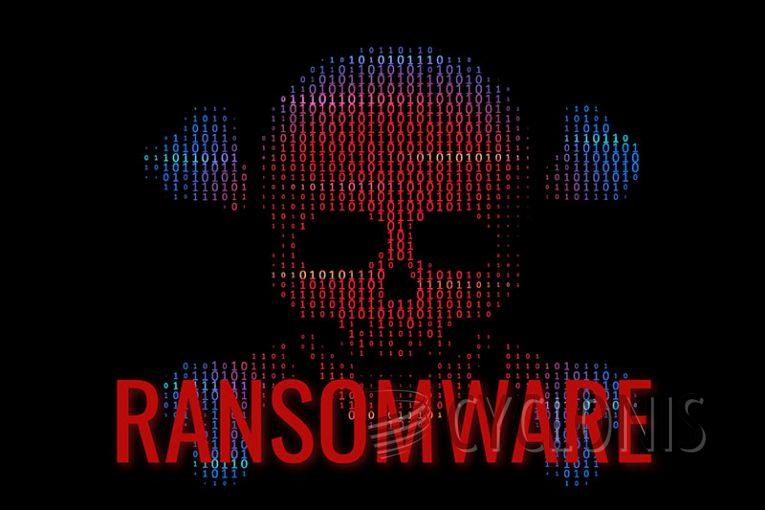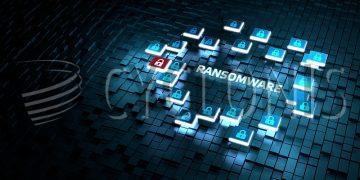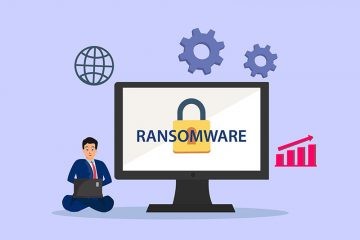What is Avira9 Ransomware?

Avira9 is a form of ransomware that encrypts files and demands payment for decryption. Despite its name, it's not affiliated with the Avira antivirus company.
Table of Contents
Encryption Process
Files encrypted by Avira9 have a ".Avira9" extension appended to their original filenames. After encryption, a ransom note named "readme_avira9.txt" is left on the desktop.
Ransom Note Details
The note informs victims that their files are encrypted using AES-256 encryption. It demands $100 in Bitcoin within seven days for decryption. Failure to pay may result in the decryption key being deleted, making recovery impossible. Additionally, attackers threaten to leak stolen data if the ransom isn't paid.
The Avira9 ransom note reads like the following:
What happened?
Hello, -.
Your files have been encrypted with the AES-256 Military Algorithm.
You may be searching up how to decrypt your files, it is not possible.
You should continue reading this note to see how you could recover your files.
What can I do?
Only we have the key to decrypt your files, nobody can help you here.
If you want your important files back you will need $100 in Bitcoin.
When you have this amount, you should e-mail us at: aviraxa932@firemail.cc
Make sure to include your ID, your ID is: -
What if I don't pay?
If you choose not to pay us, after 7 days your files will be rendered useless.
We'll also erase your key from our servers forever, no second chances.
Even if you can restore your files, we have kept copies on our servers.
Meaning all important files you have lost will be leaked onto various forums.
If you pay of course, we will erase all your files from our servers.
Good luck.
Decrypting files without the attackers' intervention is rarely possible. Even if the ransom is paid, there's no guarantee of receiving decryption keys. Paying ransom also supports criminal activities.
Prevention and Removal
To prevent further damage, Avira9 must be removed from the system. However, removing it won't restore encrypted files. The best solution is to recover files from backups stored in multiple locations.
Examples of ransomware include RSA-4096, WoXoTo, LockBit 4.0, and Frea. They share similarities in operation but differ in encryption methods and ransom amounts.
How Ransomware Infects Computers
Ransomware spreads through phishing emails, social engineering, and malicious attachments or links. It can also be disguised as legitimate files or bundled with software.
Malware is distributed through spam emails, online scams, deceptive downloads, pirated software, and fake updates. Some malware can self-spread through local networks and removable devices.
Protecting Against Ransomware
Download from official sources, update software from legitimate channels, and exercise caution when browsing. Avoid opening suspicious email attachments or links.
Install reputable anti-virus software and keep it updated. Regular scans can detect and remove threats like Avira9. If infected, use anti-malware programs for automatic removal.








